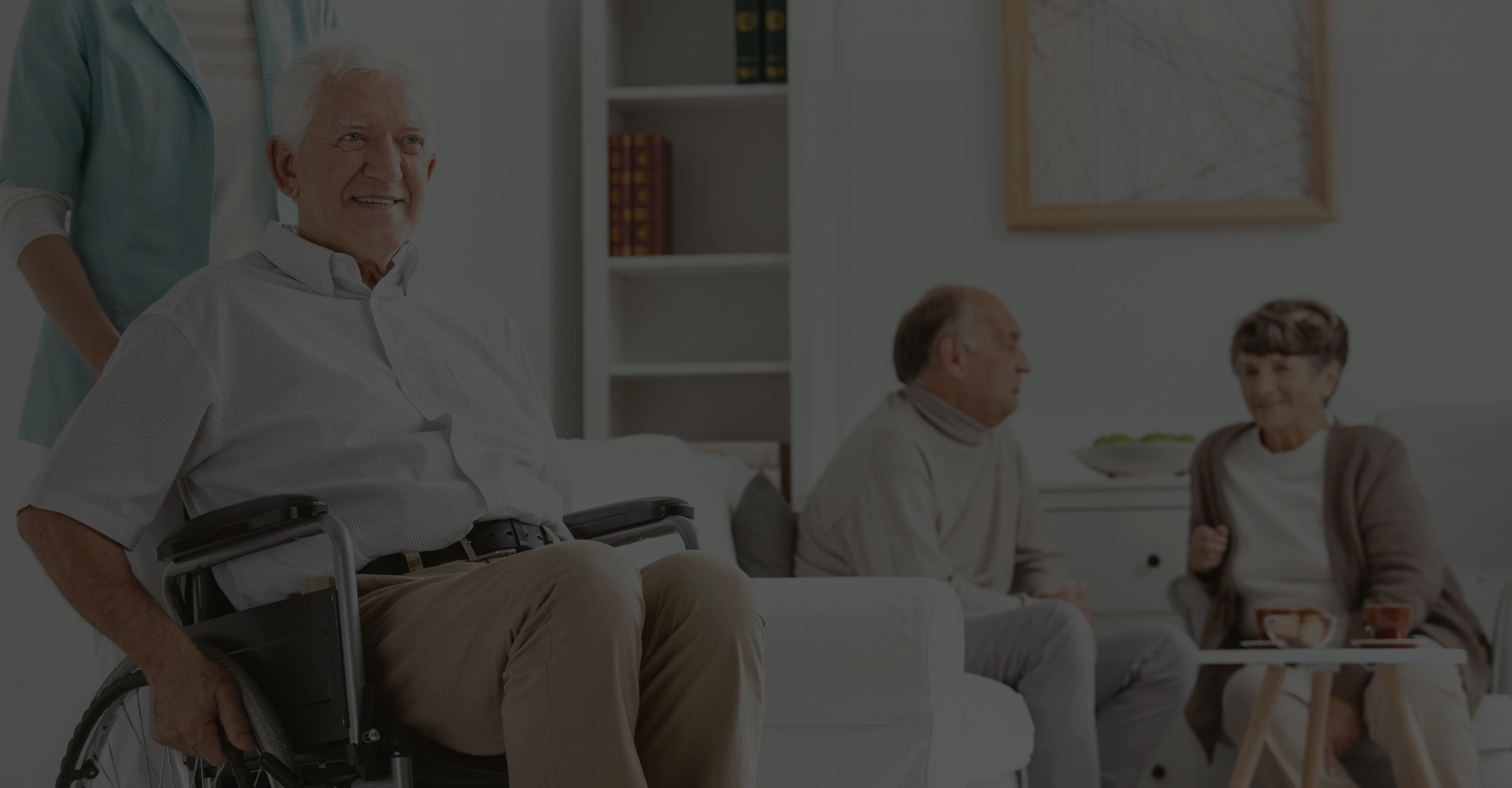
The framework of support systems for aging populations
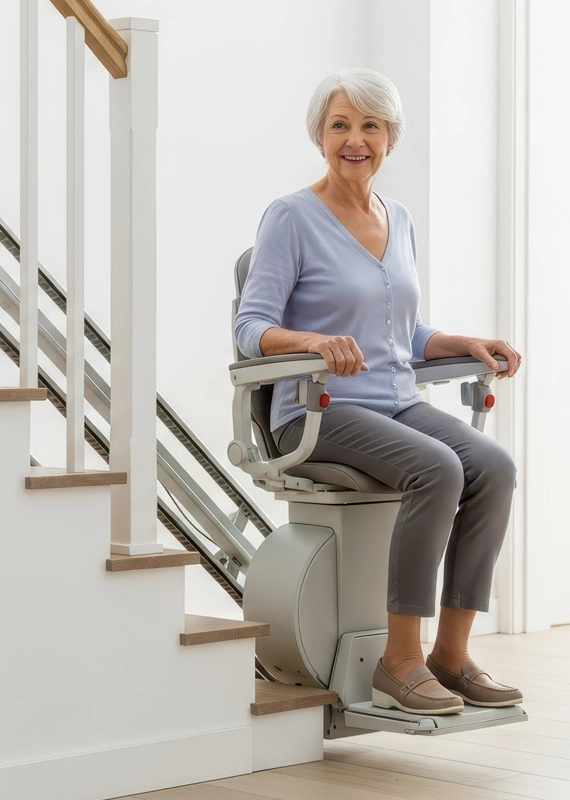
Supporting independent living
Adapting the home environment for safety and comfort
Creating a safe and accessible home environment is foundational to enabling individuals to age in place. This process involves evaluating the living space to identify potential hazards and implementing modifications that reduce risks while enhancing autonomy. Key adjustments often focus on preventing falls, improving navigation, and ensuring that daily routines can be managed with minimal strain. The goal is to establish a secure setting that supports long-term independence and quality of life through thoughtful environmental design.
The scope of home adaptation ranges from simple additions to more significant structural changes. Minor adjustments may include installing grab bars in bathrooms, adding non-slip mats in showers, and improving lighting in hallways and stairwells. More comprehensive projects could involve installing a stairlift to navigate multiple floors or modifying kitchen counters to an accessible height. Technology also plays a role through remote monitoring systems or automated medication dispensers that provide an extra layer of support.
Beyond physical safety, home modifications can also address comfort and convenience, which contribute to overall well-being. This includes ergonomic adjustments to furniture, the installation of walk-in showers for easier access, and the use of smart home devices to control lighting, temperature, or security systems with simple commands. These integrated solutions help create a responsive living space that adapts to changing needs, promoting confidence and continued engagement in daily activities without unnecessary difficulty.
Mobility and recovery
Enhancing personal mobility and physical well-being
Maintaining mobility is crucial for personal independence, allowing individuals to perform daily tasks and remain socially active. A range of assistive devices, from canes and walkers to more advanced mobility scooters, provides support for safe movement both inside and outside the home. These tools are often complemented by rehabilitation programs designed to improve strength, balance, and coordination.
Assistive walking devices
Therapeutic exercise
Daily movement aids
Post-injury rehabilitation
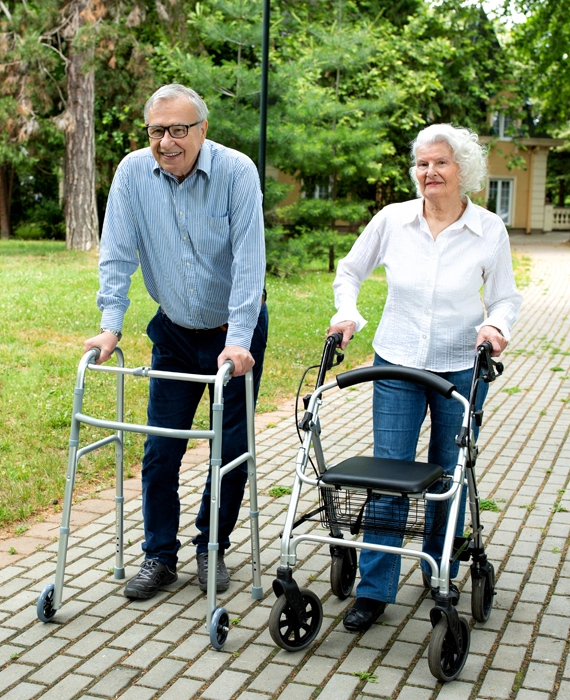
Financial support and assistance for seniors
Grants and assistance for living peacefully
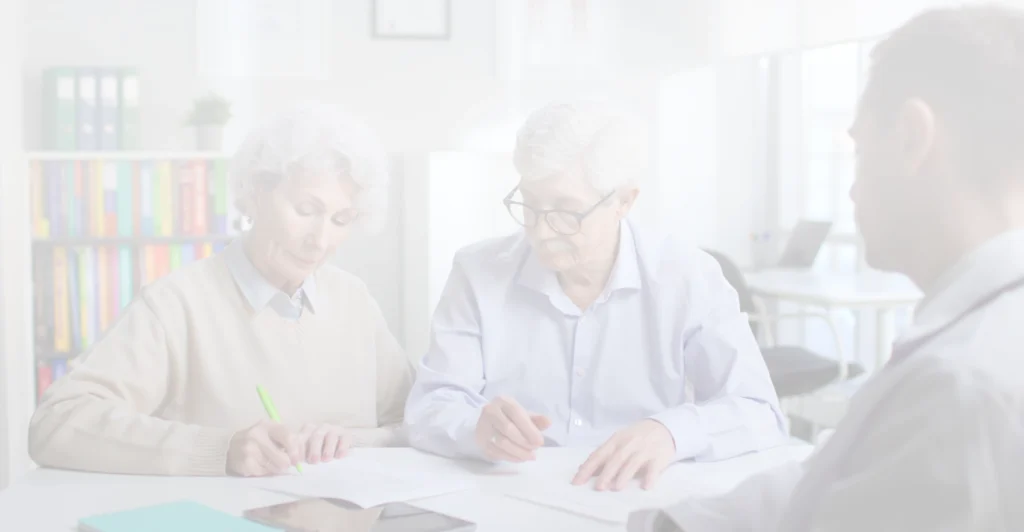
Health solutions
Aging well with comprehensive and affordable health insurance
With a well-structured health plan, older adults can maintain their physical and mental well-being, access routine
screenings, vaccinations, and timely treatments, and avoid the financial stress of unexpected medical expenses.
Optimal health coverage
Protection tailored to the needs of seniors
Senior health insurance offers enhanced coverage for frequent age-related care, such as medical consultations, medications, dental, and optical care, ensuring effective and appropriate care.
Additional services
Services to make daily life easier
Some health insurance companies offer additional services such as home assistance, teleconsultation, or health prevention programs, allowing seniors to remain independent while benefiting from practical daily support.
Financial benefits
Reduce out-of-pocket costs for your care
With senior health insurance, out-of-pocket costs for consultations, medications, and medical equipment are limited, providing concrete financial support and allowing you to better manage your health budget over the long term.
Home care
Home support solutions for seniors
Seniors may experience difficulty performing certain daily tasks, such as preparing meals, cleaning, or running errands. Home assistance services offer personalized support, allowing them to maintain their independence while ensuring safety and comfort. These interventions can also include medical monitoring, medication management, and emotional support, helping to reduce isolation and improve the overall well-being of seniors.
Practical daily solutions
Tools and accessories for overcoming everyday hurdles
A wide variety of specialized accessories exists to address specific challenges encountered in daily life. These tools are designed to assist with tasks
that may become difficult due to changes in physical strength, dexterity, or sensory perception.
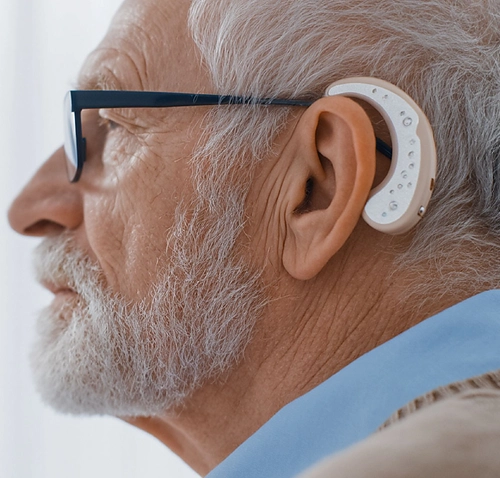
Aids for sensory impairments
For individuals with hearing or vision loss, technological aids can significantly improve communication and interaction with the world. Hearing aids and personal sound amplifiers can make conversations clearer, while screen readers and digital magnifiers can make text on computers or in books accessible. Visual alert systems can also be used to signal a doorbell or phone call with flashing lights.
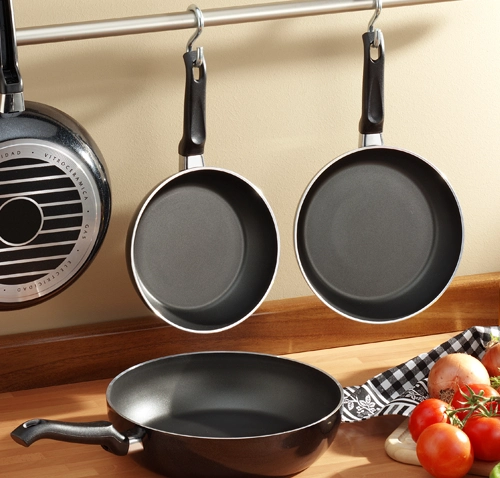
Ergonomic implements for daily living
Ergonomically designed tools are crafted to minimize physical strain and maximize efficiency. This category includes items such as specialized jar openers that require less grip strength, lightweight cooking pots with easy-to-hold handles, and gardening tools with extended grips. The purpose of these implements is to allow for continued participation in hobbies and household chores safely and comfortably.

Systems for enhanced communication
Maintaining social connections is vital for mental and emotional health. Communication aids, such as telephones with large buttons and amplified sound, or more modern voice-activated smart devices, help individuals stay in touch with family and friends. Video calling platforms on user-friendly tablets can also provide a valuable face-to-face connection, reducing feelings of isolation.